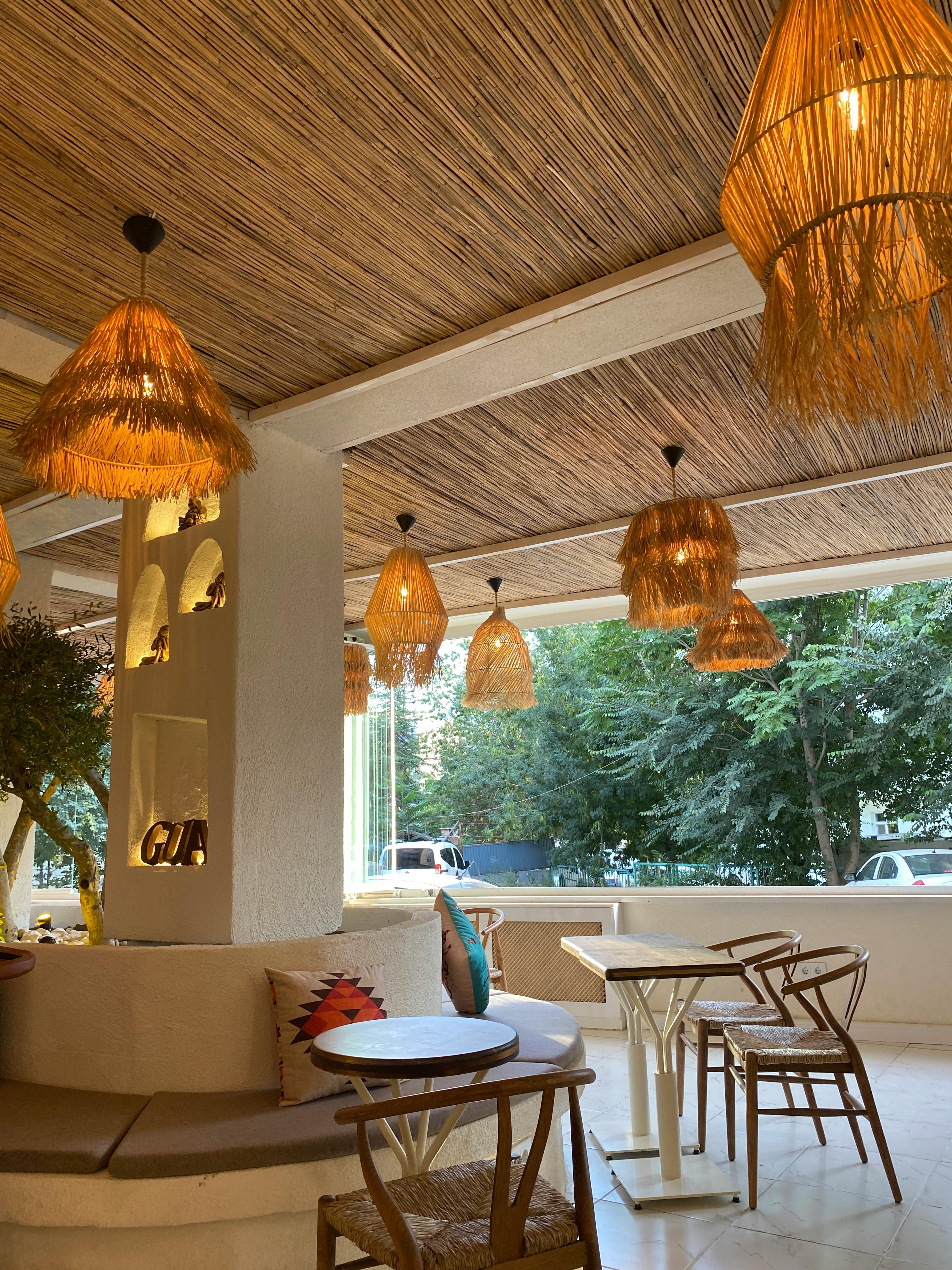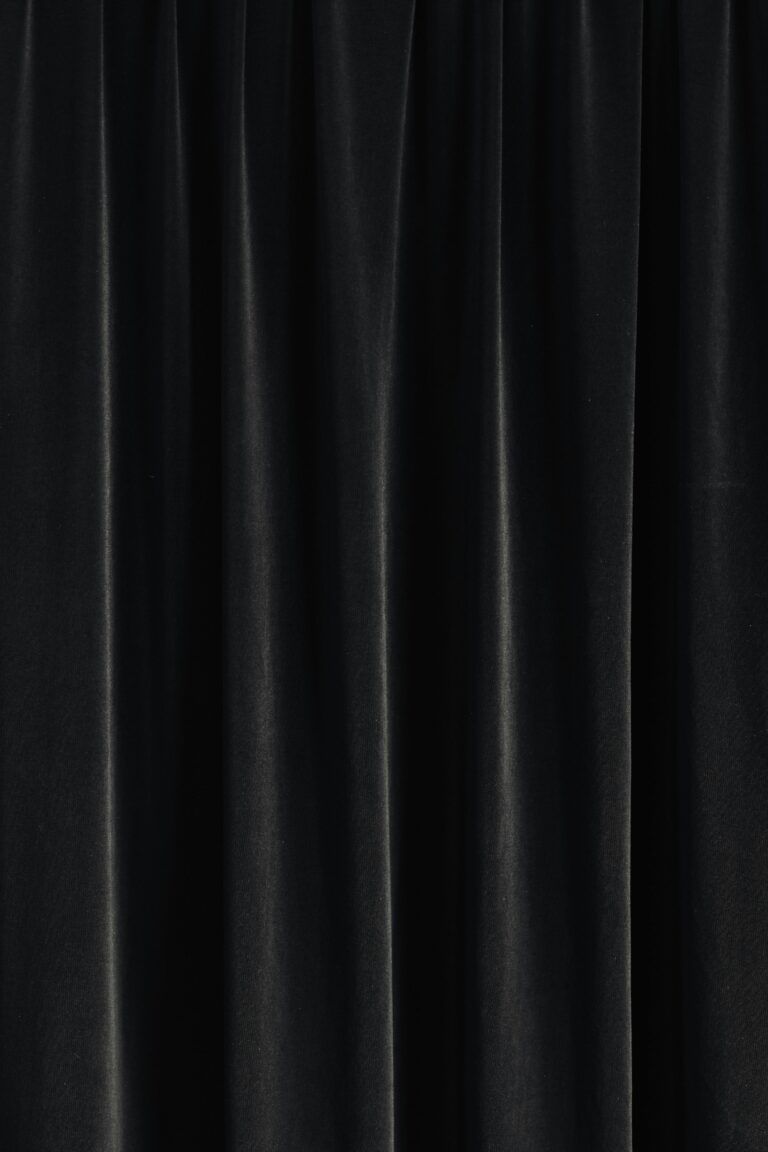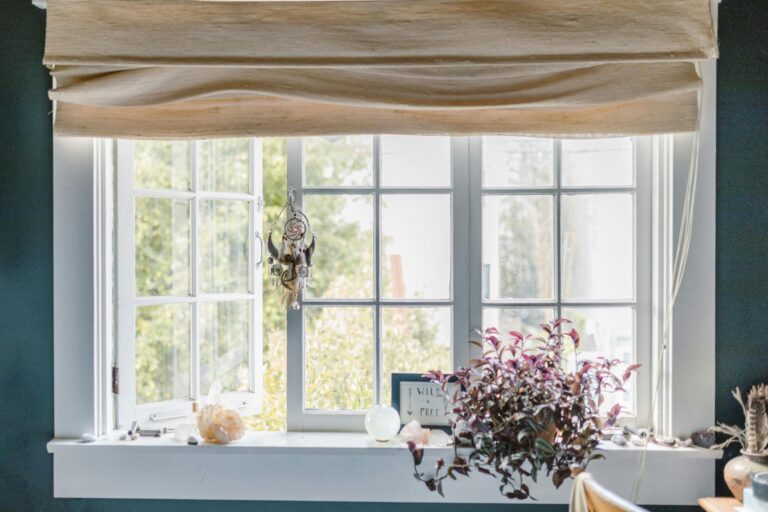The luxury outdoor entertainment market has exploded into a $4.2 billion industry as homeowners increasingly view their exterior spaces as the ultimate expression of sophisticated living. Yet most patios and terraces remain seasonal afterthoughts, abandoned to winter’s grip and summer’s scorching heat. While indoor spaces receive meticulous attention to climate control, lighting design, and year-round functionality, outdoor areas are often treated as fair-weather friends rather than the entertainment sanctuaries they deserve to become.
The visionary designers transforming luxury outdoor living understand a fundamental truth: the most compelling entertainment spaces blur the boundaries between interior comfort and exterior beauty. These masters of outdoor alchemy don’t simply add furniture to a patio—they architect complete lifestyle ecosystems that perform flawlessly across all seasons, weather conditions, and entertainment scenarios.
The evolution of outdoor entertainment architecture
Today’s luxury outdoor sanctuaries represent a dramatic departure from traditional patio design philosophy. Where previous generations viewed outdoor spaces as temporary extensions of indoor living, 2025’s leading designers approach terraces and patios as primary entertainment destinations that happen to exist under open sky.

This Photo was taken by Matheus Bertelli.
The transformation begins with what industry professionals call “interior-quality infrastructure.” This means installing the same level of electrical, plumbing, and climate systems outdoors that you would expect in your most luxurious indoor spaces. Advanced weatherproofing technologies now allow for permanent installation of high-end audio systems, sophisticated lighting networks, and even climate control elements that were previously impossible in exterior applications.
According to the 2024 Luxury Outdoor Living Report, 78% of premium outdoor installations now include integrated heating systems, while 65% feature some form of cooling or misting technology. These statistics reflect a fundamental shift in how designers conceptualize outdoor comfort—no longer seasonal, but truly year-round.
Architectural integration principles
Visionary designers understand that exceptional outdoor entertainment spaces must feel architecturally connected to the home’s interior design narrative. This integration manifests through careful material selection, proportional scaling, and what designers call “visual flow continuity.”
The most successful transformations extend interior flooring materials seamlessly onto exterior surfaces, creating an unbroken visual plane that psychologically expands both spaces. Natural stone, engineered tiles, and specialized outdoor hardwoods now perform this bridging function with remarkable durability and aesthetic consistency.
| Integration Element | Traditional Approach | Visionary Approach | Performance Impact |
|---|---|---|---|
| Flooring Transition | Clear demarcation | Seamless material flow | 35% larger perceived space |
| Lighting Systems | Basic accent lighting | Integrated smart networks | 65% increased evening usage |
| Climate Control | Seasonal adaptation | Active environmental management | 85% year-round utilization |
| Audio Integration | Portable speakers | Architectural sound design | 90% improved entertainment quality |
Climate mastery through invisible technology
The hallmark of truly exceptional outdoor entertainment spaces lies in their ability to maintain perfect comfort regardless of external weather conditions. This achievement requires sophisticated environmental management systems that operate invisibly, maintaining ideal conditions without disrupting the space’s aesthetic integrity.

This Photo was taken by Rabiaang.
Leading designers now integrate radiant heating systems directly into outdoor flooring, providing gentle, even warmth that extends comfortable outdoor living well into winter months. These systems, combined with strategically positioned infrared heating elements and wind-blocking architectural features, create microclimates that can maintain 70-degree comfort even when ambient temperatures drop significantly.
Summer comfort receives equal attention through misting systems, evaporative cooling, and strategic shade structures that respond automatically to sun position and temperature changes. Smart environmental sensors continuously monitor conditions, adjusting heating, cooling, and air circulation to maintain optimal comfort without human intervention.
Invisible infrastructure integration
The most sophisticated outdoor entertainment sanctuaries hide their technological complexity behind flawless design integration. Heating elements disappear into custom furniture and architectural details. Cooling systems integrate into water features and landscape elements. Audio components become part of the architectural fabric rather than obvious additions.
This invisible integration requires extensive planning during the initial design phase, with electrical, plumbing, and data infrastructure installed before any decorative elements. The result is outdoor spaces that feel naturally comfortable and perfectly equipped without appearing overtly technological.
Entertainment-centric spatial design
Exceptional outdoor entertainment spaces organize themselves around specific entertainment scenarios rather than generic outdoor living concepts. Visionary designers begin by identifying the client’s primary entertainment preferences—intimate dinner parties, large cocktail receptions, family gatherings, or quiet romantic evenings—then architect the space to optimize these specific experiences.

This Photo was taken by Keegan Checks.
The most successful transformations create multiple entertainment zones within a single outdoor space, each optimized for different types of social interaction. Intimate conversation areas feature lower seating and more controlled lighting, while cocktail reception zones emphasize standing-height surfaces and dynamic lighting options. Food service areas integrate seamlessly with both intimate dining spaces and larger gathering areas.
This zoned approach allows the same space to transform its personality based on the entertainment scenario, much like how luxury kitchen designs adapt to different culinary experiences while maintaining aesthetic coherence.
Flexible furniture systems
Modern luxury outdoor furniture systems emphasize modularity and adaptability over static arrangements. Premium outdoor seating now features modular components that reconfigure for different entertainment scenarios, while dining surfaces adjust in size and height to accommodate varying group sizes and dining styles.
Weather-resistant storage systems hide additional furniture components, tableware, and entertainment equipment, allowing the space to transform its capacity and functionality without disrupting its visual appeal. These systems integrate seamlessly into built-in architectural elements, maintaining clean lines while providing extensive functionality.
Culinary integration and outdoor kitchens
Today’s luxury outdoor entertainment sanctuaries treat food preparation and service as central entertainment elements rather than peripheral activities. This philosophy drives the integration of sophisticated culinary capabilities that extend far beyond traditional outdoor grilling concepts.

This Photo was taken by Matheus Bertelli.
Visionary designers now integrate full-service outdoor kitchens featuring professional-grade cooking equipment, refrigeration systems, and food preparation areas that rival indoor culinary spaces. These installations include pizza ovens, smokers, multiple cooking surfaces, and even specialized equipment for specific cuisine types.
The key to successful outdoor culinary integration lies in creating seamless workflow between food preparation, cooking, and service areas while maintaining visual connection with entertainment spaces. Guests shoul


